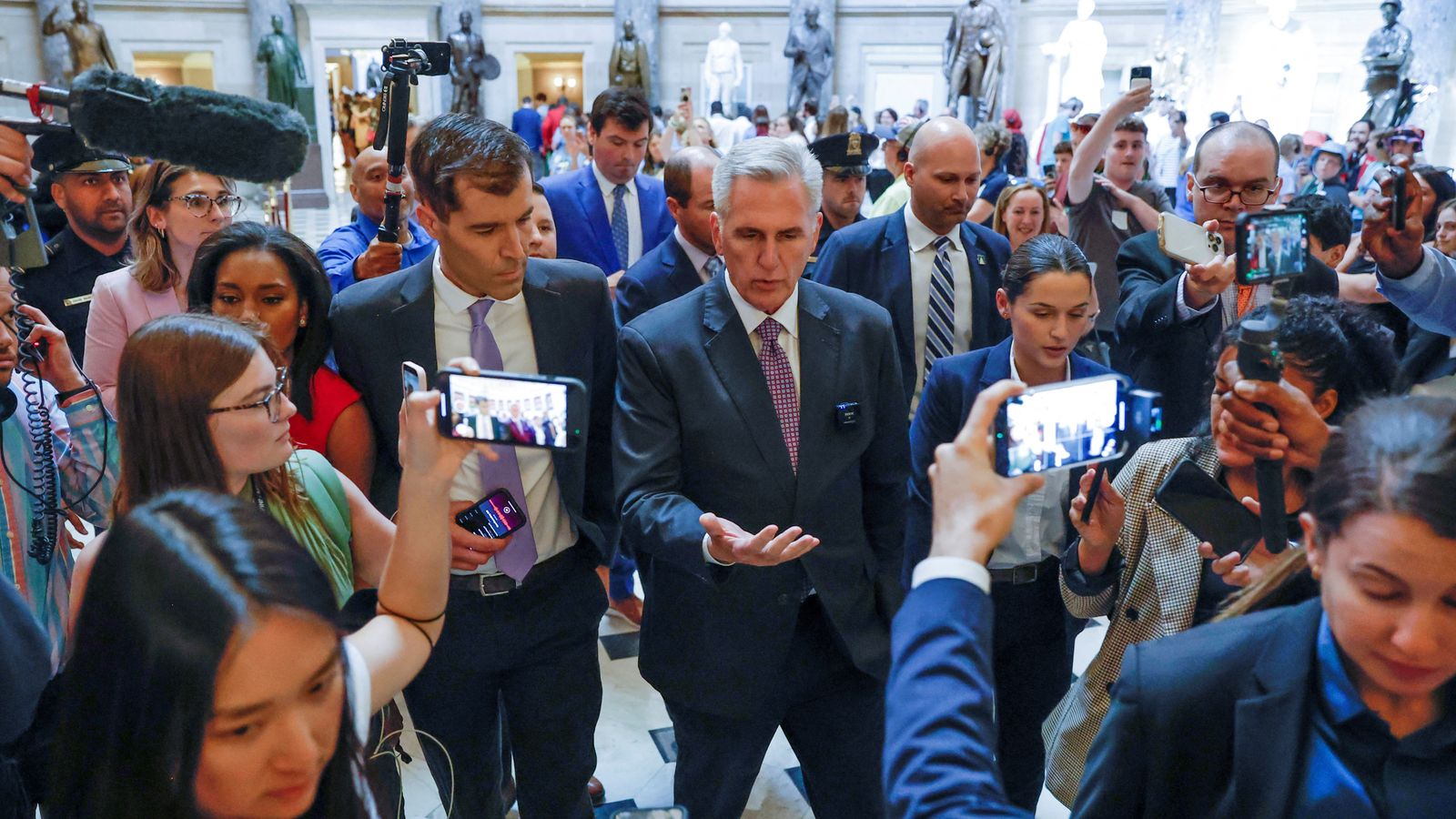The head of Islamic State in Syria has been killed in a US drone strike, according to the Pentagon.
Maher al-Agal, one of the jihadist group’s top five leaders, died on Tuesday outside the town of Jindaris, in northwest Syria, close to the Turkish border, said US Central Command.
An unidentified senior IS official, who was a close associate of his, was seriously injured.
The US defence department said there were no civilian casualties, although it was not possible to immediately confirm that.
Al-Agal was responsible for “aggressively” developing IS networks outside of Iraq and Syria, said US Central Command, adding that “extensive planning” went into the drone strike to “ensure its successful execution”.
Al-Agal was previously a prominent IS commander when the group controlled Raqqa in Syria, according to war monitor, the Syrian Observatory for Human Rights.
Since then, he moved further north to Afrin in 2020 under Turkish-backed factions.
He was most recently a commander in a Turkish-backed faction called Jaysh Al-Sharqiyyah.
US Central Command said violent extremist organisations “continue to present a threat to America and our allies”.
It added: “Al Qaeda-affiliated groups have used the rebel-held enclave in northwestern Syria as a safe haven.”
The strike on al-Agal comes months after Abu Ibrahim al-Hashimi al-Qurayshi, the head of Islamic State, was killed during a raid on his hideout by American forces. He blew himself up along with members of his family.
Read more:
2015 Paris attacks: Islamic State fanatic sentenced to life in jail for mass murder
Islamic State leader Abu Ibrahim al-Hashimi al-Qurayshi blows himself and his family up during US raid in Syria
Last month, a US drone strike also killed a senior leader of the Horas al-Din group, Abu Hamzah al Yemeni.
At the height of its power, the Islamic State insurgent group controlled more than 40,000 square miles from Syria to Iraq, ruling more than eight million people.
Although its territorial state collapsed in 2019, leaders have used guerrilla tactics to “efficiently restructure themselves organisationally”, said the Washington-based think tank Carnegie Endowment for International Peace.
US forces have also been targeting militants linked to al Qaeda over the years.



